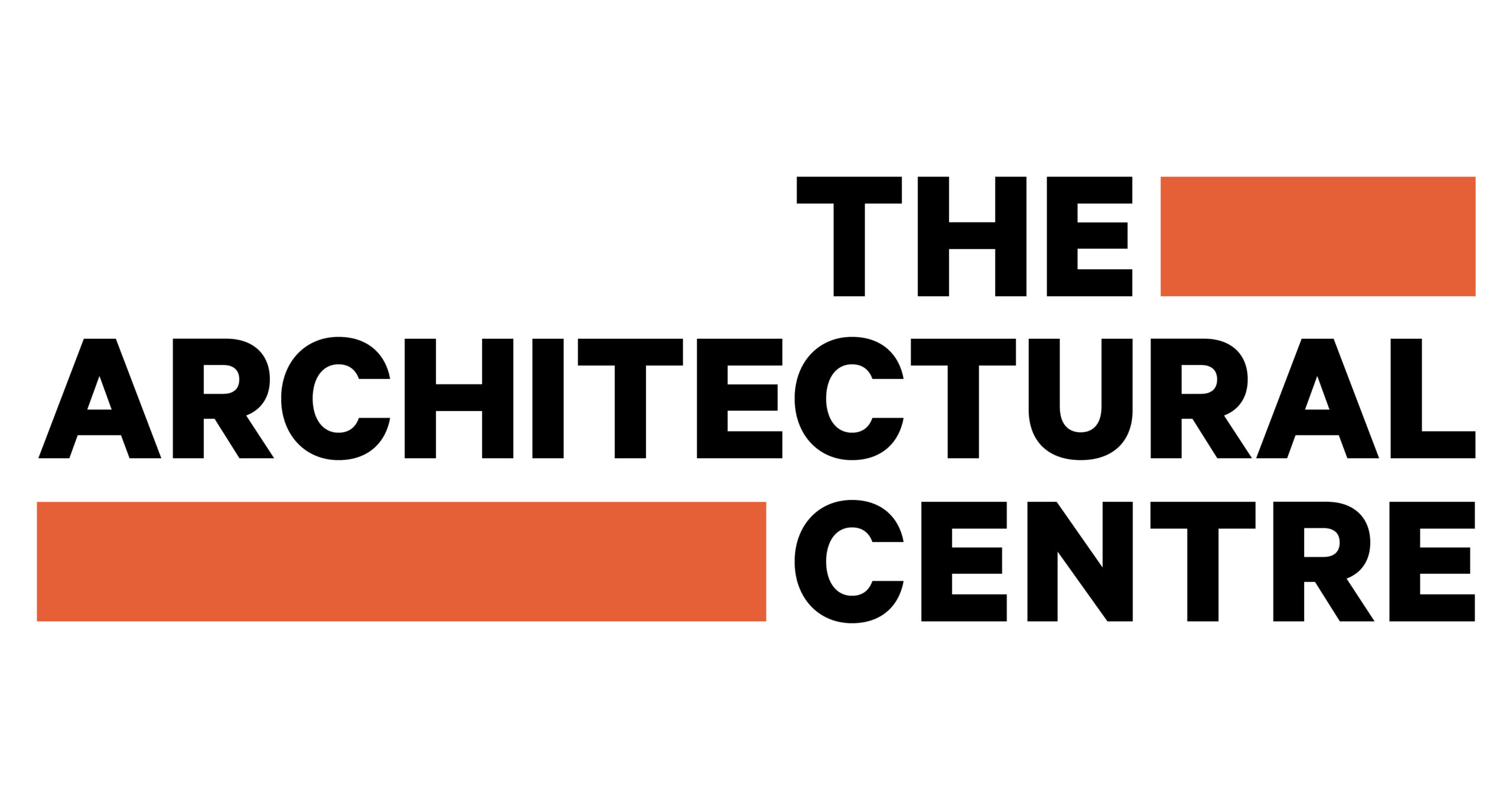Shaklee Terraces, 444 Market Street, San Francisco CA, United States
Architect: Skidmore Owings Merrill, 1979
Isn’t this somewhat eerily familiar, in this pic at least (and a whole bunch of others by Thomas Hawk, which can be seen here)? While any similarities to a certain green building, completed in our own city almost a decade later (and with a consequent PoMo twist), are no doubt only superficial, the resemblance is nevertheless striking. Our example is noted by local authors as “a tour de force of stylish design” (Hodgson), and as making a “clear reference to the undulating facade of Gummer’s 1940 State Insurance Building” (Shaw), which means of course, that any similarities to SOM’s Shaklee Terraces are entirely incidental…
Comments welcome (and please feel free to email in any other projects for the Similarity Files…)
m-d


Leave a Reply